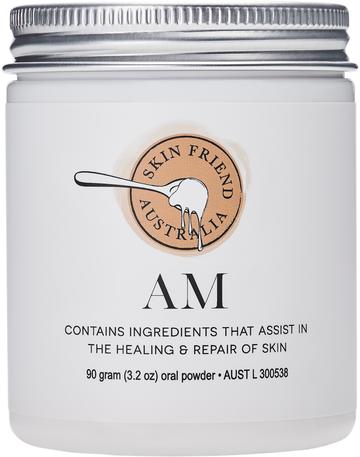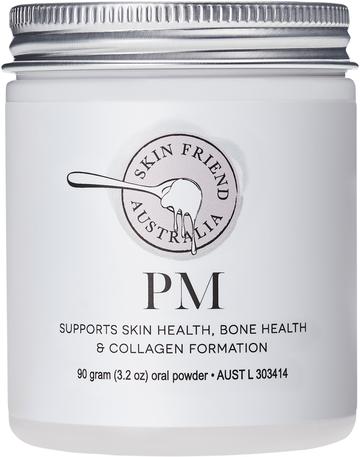Eczema Friendly Roti

Who would think one simple flour could bring so much to the table? Well, this simple recipe is the perfect addition to an eczema friendly soup, stew or salad and almost tastes like the real thing.
We have adapted this recipe (which used millet flour), the millet flour worked wonderfully, however, we also tried oat flour which worked just as well (and we enjoyed the taste a little more).
If you wish to try another flour I would imagine many would work well, however, millet and oat were the only two we personally tried.
The health benefits:
Oats are a good source of vitamin E, zinc, potassium, manganese and silica which is an essential mineral for strengthening connective tissue in the skin.
The oat fibres (beta-glucans) work to feed our intestinal bacteria, which helps to support and nourish the healthy bacteria in our large intestine.
NOTES:
Oat flour is called for in this recipe, however, to make this gluten-free you can choose millet flour or another flour of choice. I have also tested this will a gluten-free flour mix and it makes lovely flexible flatbreads.

INGREDIENTS:
- 1 cup of oat flour (or other flour of choice)
- 1 cup of filtered water
- 1/4 tsp of good quality salt such as Celtic sea salt
- 1 teaspoon of rice bran, sunflower or safflower oil
METHOD:
Place a non-stick pan on a moderate to high heat, add the water and salt and bring to a boil, then turn the heat down so the water reduces to a simmer.
Ensuring you have a wooden spoon ready to go, pour all of the flour into the simmering water, then begin stirring the flour into the water. Continue mixing for 2-4 minutes until the dough begins to form a ball. When it has formed a ball, add in the teaspoon of oil, give it one last quick stir then remove from the heat and place the dough on a plate or board and cover with a tea towel to cool.
Once slightly cooled, flour a clean bench, cut the dough into equal portions and roll out each dough to form a rough circle about 1-2 mm thick and 12-15 cm in diameter.
Use a generous amount of flour on the bench and rolling pin for each roti to ensure the dough does not stick. This may take a few turns to perfect, but additional flour will make this easier. A rough circle can be made with just the rolling pin, or to create a perfectly round shape, a round lid or small bowl may be used to cut around with a knife for a perfectly round roti.
Use a flat spatula if needed to remove each roti from the bench, then set aside and continue with the next one until finished. Place a non-stick pan on medium heat (do not oil the pan), once hot add one roti and cook on each side for about a minute. The roti should puff up a little and develop brown bubbles. For an authentic taste, the roti can be placed over another hotplate flame (using tongs to turn it over) for a few seconds to give a charred flavour. (This step is optional).
The roti can be served immediately with your dish of choice or covered well and kept in the fridge for a couple of days.

This lovely recipe was adapted from Asha at 'Food Fashion Party'.
Products
At Eczema Life, we recommend nutritionist Karen Fischer's low food chemical program (The Eczema Detox) along with additive-free supplements for skin health and wellbeing. Click on the images to view more details:
Food photos and adapted recipe by Katie Layland



